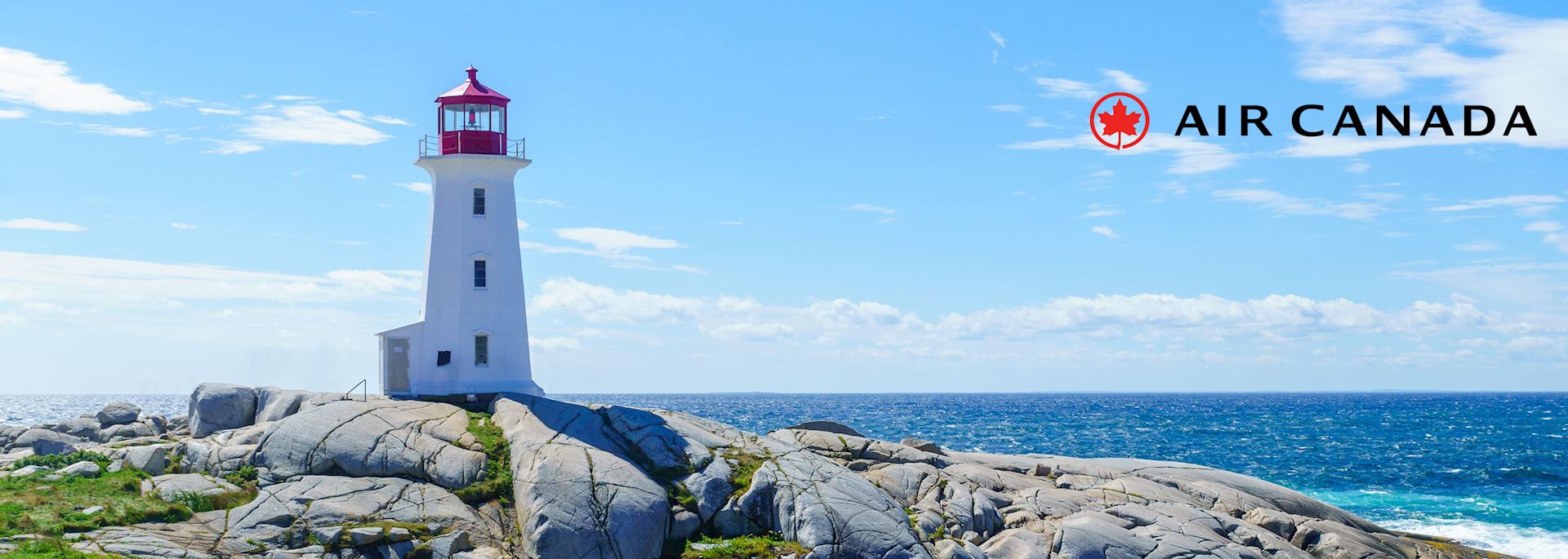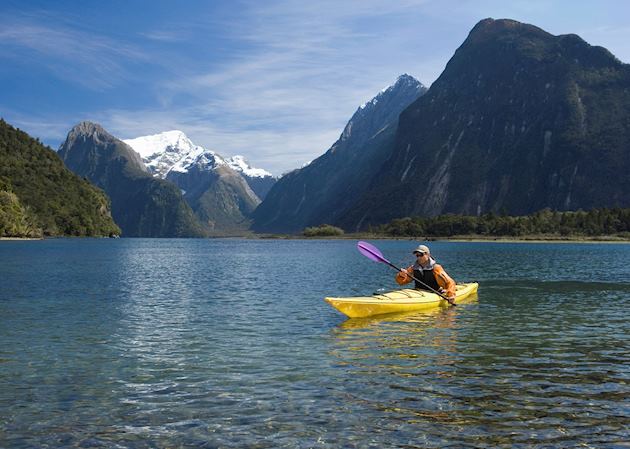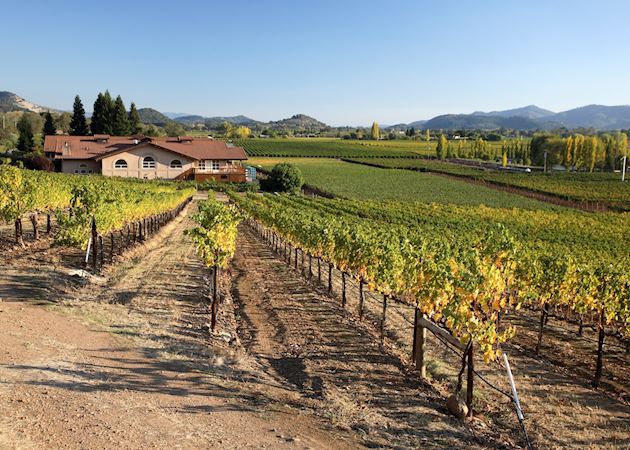Having recently explored Canada’s Atlantic provinces (New Brunswick, Newfoundland & Labrador, Nova Scotia, and Prince Edward Island) on research trips, specialists Matt and Ros have returned brimming with ideas for how to best spend your time in this charming, wave-lashed region. With a history that’s still tangible, impeccably fresh seafood, and a wildlife-rich coastline, the question’s not why you’d want to experience this corner of Canada, but how.
Drive the Cabot Trail, Nova Scotia
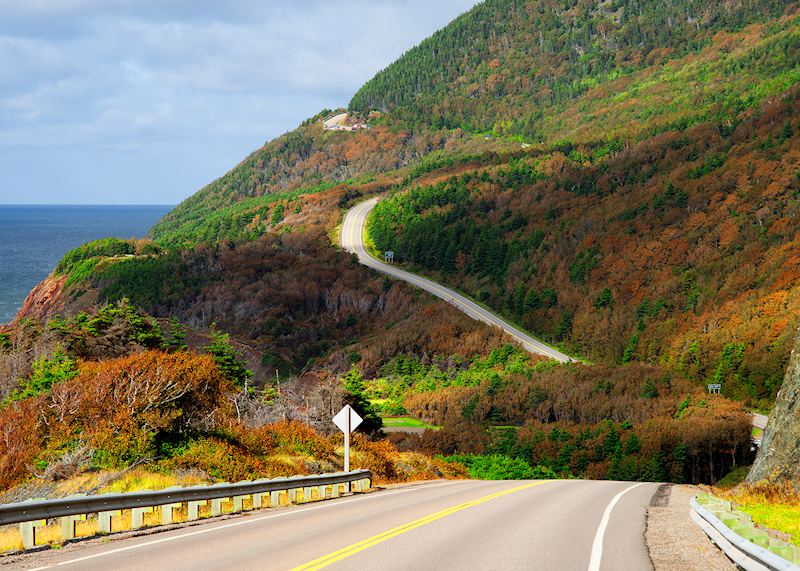
By Matt
Waves crashing against sheer cliffs, the smell of salt in the air, green hills circled by eagles, and shingle beaches for picnics and strolls… driving the 297 km (185 mile) Cabot Trail around the curve of Cape Breton Island is, for me, what this corner of Canada is all about — exploring the relationship between land and ocean.
I recommend staying for two or three nights in Ingonish at Lantern Hill and Hollow, whose main house and six cottages sit next to a private beach. From here, you can hike through Cape Breton Highlands National Park, go whale watching in search of humpbacks, or simply relax on the beaches, breathing in the fresh sea air.
Explore maritime history in Halifax & Lunenberg, Nova Scotia
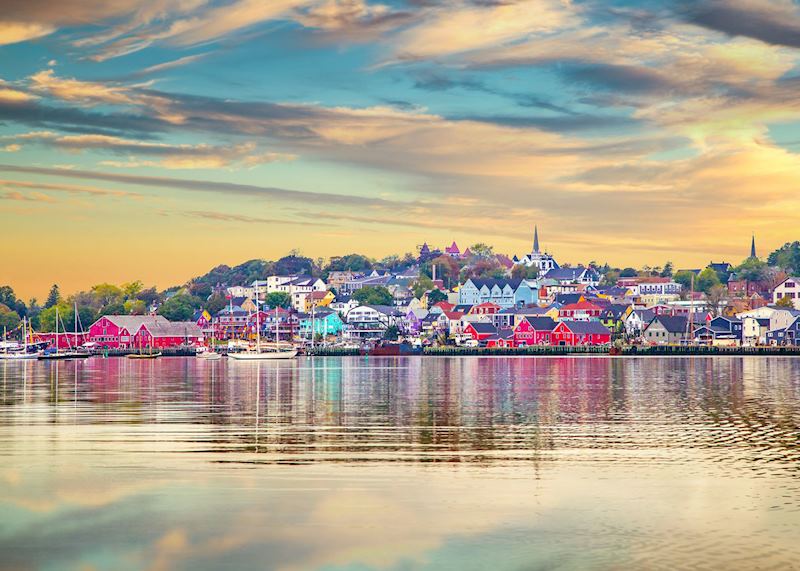
By Matt
This region of Canada is steeped in sea-faring history. You can learn all about it at Halifax’s Maritime Museum of the Atlantic, where exhibits cover key maritime events in the region. You’ll see relics recovered from the wreck of Titanic, which sank 700 nautical miles to the east, and discover the explosive impact of two ships that collided just offshore in 1917, one of which was carrying wartime munitions.
I then recommend taking a scenic coastal drive south along the Lighthouse Route, pausing at the iconic Peggy’s Cove lighthouse en route, to arrive in Lunenberg. Here, brightly painted buildings huddle along the streets and you can join a sunset cruise along the shoreline to see the town from a different perspective while learning about its maritime heritage (keep your eyes peeled for whales, seals, and puffins, too).
Canoe & hike in Kejimkujik National Park, Nova Scotia

By Matt
To break up your journey across Nova Scotia to New Brunswick, I suggest stopping at this lesser-discovered national park in the southwest of the province. Here, old-growth forest surrounds glistening lakes where you can paddle a canoe — you might even spot a moose close by.
There are also plenty of woodland walking trails to choose from, whether you’re looking for a short, gentle stroll or a more strenuous five-hour hike. I followed the 2 km (1.2 mile) Mill Falls Trail, which traces the Mersey River to a series of waterfalls and rapids named Mills Falls.
Fish for lobster with a local in Shediac, New Brunswick
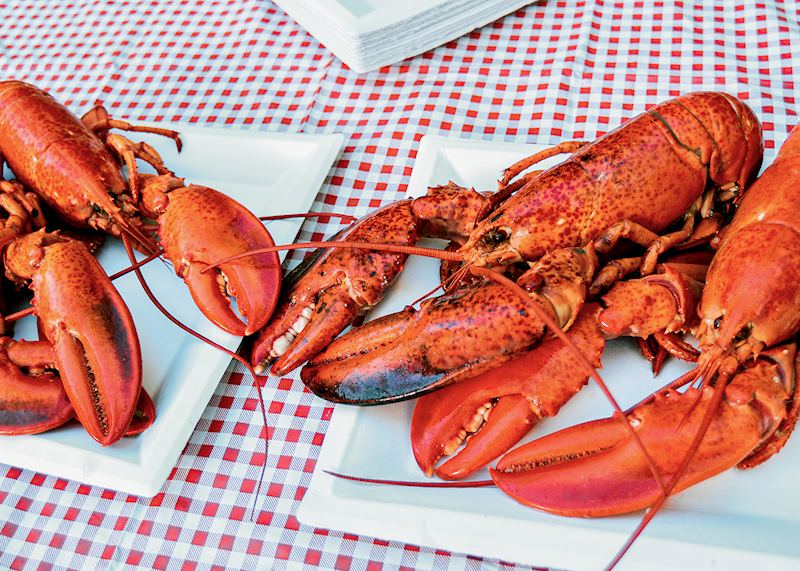
By Ros
The French-Acadian town of Shediac, on New Brunswick’s east coast, is the self-proclaimed ‘lobster capital of the world’ (just gaze up at its giant steel lobster statue if you’re in any doubt). Simply tasting the shellfish might be enough for some, but I wanted to go one step further by joining local lobster fisherman Ron aboard his boat to help with the morning catch.
Everything is done sustainably to ensure lobster numbers remain healthy, and Ron’s lobster traps only catch a modest amount each day. We entered the waters of Shediac Bay and he showed me how to bait and lower the pots before hauling up the bounty. Then, he demonstrated how best to cook it and I feasted on the sweet, tender meat. It was the best kind of education.
Enjoy scenic drives & high tides in Fundy National Park, New Brunswick
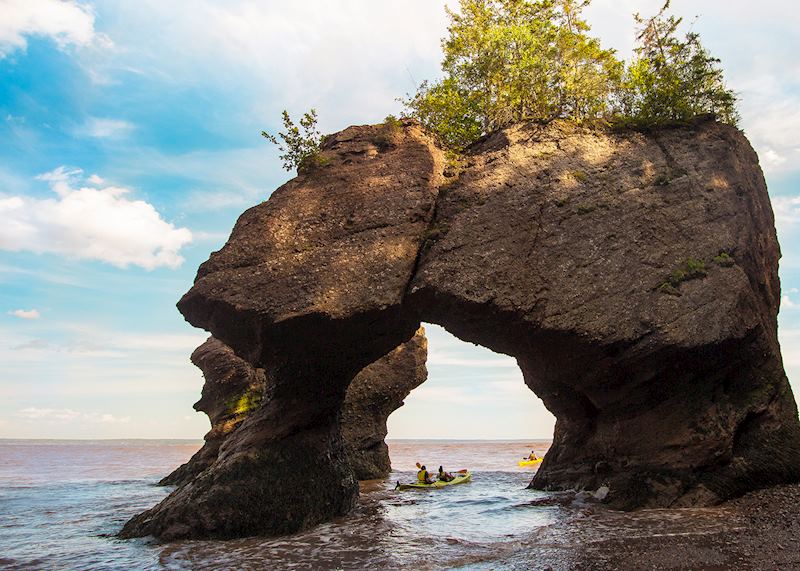
By Matt
On your drive into Fundy National Park, take a scenic detour along the Fundy Trail Parkway. Hugging the Atlantic coast, with your car windows down, you get views of the bay to one side, cliffs to the other, and forest to the rear. There are lookouts dotted along the way where you can pause for views or to follow short walking routes.
Once in the park, you can cycle or hike to forested waterfalls, but it’s the Bay of Fundy’s tides that are the big draw. They’re like nowhere else, rising as high as a five-floor building. You can see how incredibly the water level changes on a guided kayak tour, paddling around Hopewell Rocks, a huddle of sea stacks topped with trees. Your guide will tell you about the coastline’s geology as you look out for whales, porpoises, and bald eagles. Then, as the tide turns, more of the rock is exposed, including tunnels and narrow passageways you can twist and turn in.
Take a history & seafood tour in Charlottetown, Prince Edward Island
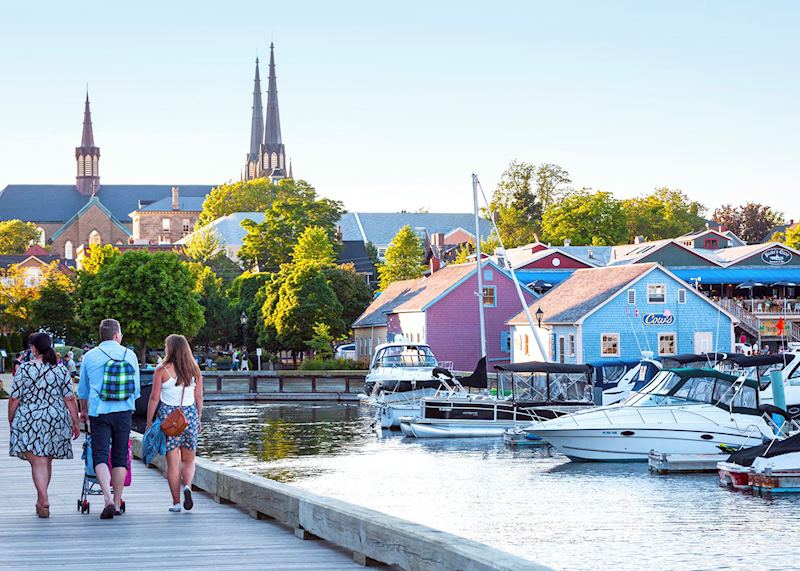
By Matt
The birthplace of Canada as we know it, Charlottetown is where provincial leaders gathered in 1864 for the Charlottetown Conference, where they negotiated Canada’s Confederation. Where better, then, than to join a local guide for a walking tour focused on the region’s history?
You’ll stroll along leafy avenues lined with Victorian clapboard houses, take in landmarks like Saint Dunstan’s Basilica and the Bishop’s Palace, and see Province House, where the Charlottetown Conference took place — all while your guide gives you an in-depth background to the city and province.
You can combine a history tour with sampling the city’s cuisine. It’s renowned for its fresh seafood, so you can bite into lobster rolls and enjoy the salty tang of oysters and mussels.
Follow in the footsteps of Anne of Green Gables, Prince Edward Island
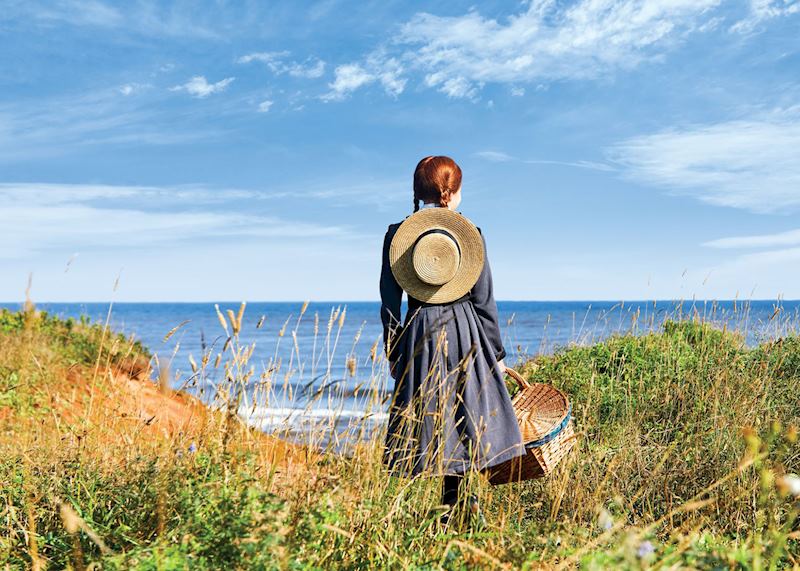
By Matt
With its emerald hills, farmland, wooded valleys, and a rust-red coastline with rose-gold beaches, Prince Edward Island has changed little over the years. It makes it easy to picture its most famous heroine, Anne of Green Gables, out exploring the countryside. You can cycle part of the Confederation Trail, which stretches 273 km (170 miles) across the island, to soak in views that seem lifted straight from Lucy Maud Montgomery’s novels.
Even better, you can visit Anne’s fictional home in Cavendish. The rooms in this restored 19th-century white-and-green-gabled farmhouse still evoke the Victorian period, adorned with everyday household items of the time.
Step back in time in Trinity, Newfoundland & Labrador

By Ros
Settled in the early 18th century, Trinity was once a thriving seaport populated by wealthy merchants and those in the salt-fish trade. Today, it’s more akin to a tiny coastal village, where well-preserved saltbox homes painted in vivid shades of red, yellow, and blue echo the past and the sharp spire of one of Newfoundland & Labrador’s oldest churches is all that dominates the skyline.
As soon as I arrived, I felt as though I’d been transported to the 18th century. Many of the historic buildings have been restored and opened as museums that help paint a picture of what life was like here for early settlers. Inside, you’ll find original items used by former residents, and you can stop by the Green Family Gorge to watch blacksmiths at work.
Best of all, the Rising Tide Theatre holds regular performances throughout the summer that relate to the culture and history of the area. I recommend the New Founde Lande Trinity Pageant, where actors move around the town as they perform, acting out scenes that capture the highs and lows of life here in the early years of the new nation.
Spot wildlife around the Bonavista Peninsula, Newfoundland & Labrador
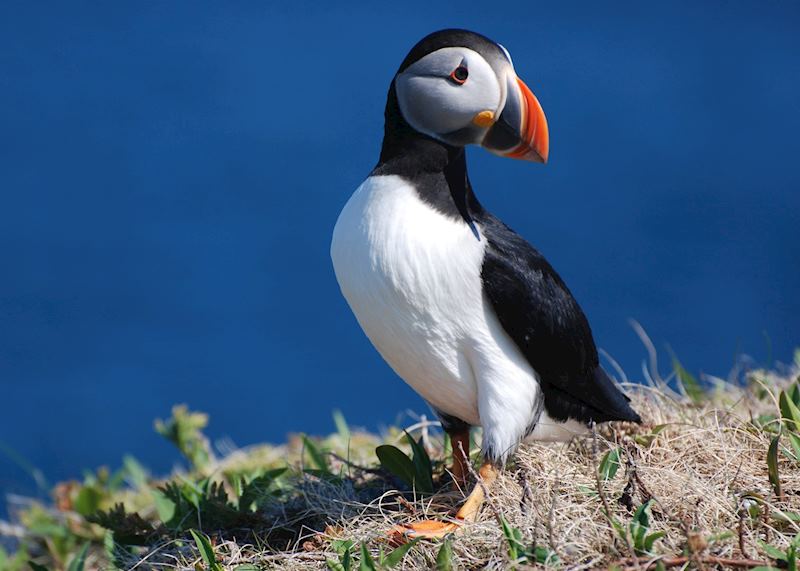
By Ros
Towards the tip of the Bonavista Peninsula, the 19th-century settlement of Elliston has a sandy beach, but its main draw is the resident puffin colony that thrives on the rocks and sea stacks just offshore. You can walk along the headland to watch the puffins come and go, observing them interacting with each other outside their burrows. It’s worth bringing binoculars for closer views, though I was lucky enough to have three puffins congregate right near where I was crouched.
You can also spot wildlife on boat and Zodiac trips off this peninsula. I joined a Zodiac trip from Trinity in search of whales. While it was a foggy morning, I was able to glimpse a minke whale as well as spotting a few seals and several bald eagles, one of which swooped into the water for its prey.
Dine on the beach in Twillingate, Newfoundland & Labrador
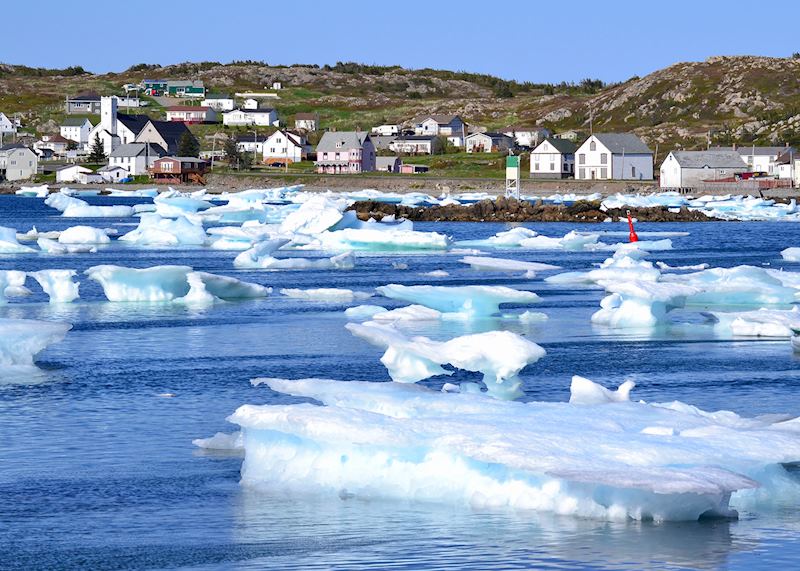
By Ros
Dubbed the ‘iceberg capital of the world’, the far-flung town of Twillingate sits on what’s known as Iceberg Alley, where bergs drift down from Greenland every year in spring and early summer, covering the ocean in jigsaw-like pieces of ice. Even if your stay doesn’t coincide with iceberg season, Twillingate is worth the journey, in my eyes.
My highlight was joining Crystal, a resident of the town, for a cookout on the beach. She gathers freshly caught fish and other seafood like lobster, snow crab, and mussels, as well as seasonal ingredients foraged from the local area, to create a five-course meal that’s the very essence of beachside dining. Cooking everything in a big pot right on the water’s edge, she provides hand-knitted blankets to keep you warm and even brings a table down with her so you can dine on her creations while gazing out over the (possibly iceberg-strewn) Atlantic.
Learn about aviation history in Gander, Newfoundland & Labrador
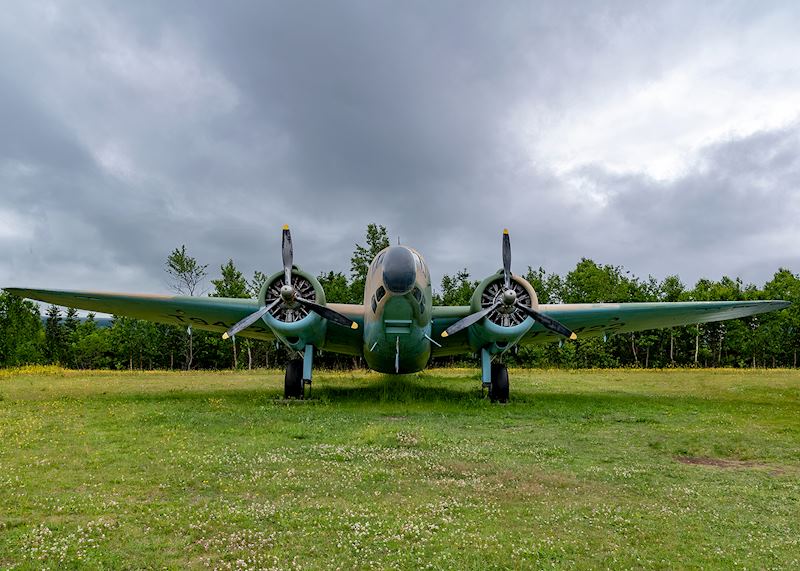
By Ros
It’s not often that an airport becomes one of your trip highlights, but bear with me. The town of Gander — specifically, its airport — was of key importance in the early to mid-20th century. A strategic base during WWII, it was also here that early jet planes had to refuel en route from Europe to the US, earning it the nickname the ‘crossroads of the world’. You can still enjoy a drink in the same bar where many celebrities, like Sinatra, would’ve paused for a refreshment.
More recently, many planes were diverted here during 9/11, with hundreds of passengers stranded on Newfoundland for several days. In the true spirit of Newfoundland & Labrador hospitality, though, locals welcomed them with open arms, and many invited people to stay with them (there’s now a musical, Come from Away, based on these events).
To find out more about Gander’s history, visit the North Atlantic Aviation Museum, which features interactive displays and original items related to its surprising past.
Get me there
You can follow our Maritime treasures self-drive trip idea to explore Nova Scotia, New Brunswick, and Prince Edward Island. You can add time in Newfoundland and Labrador, or explore the island of Newfoundland in depth on a separate trip to the region.
Air Canada fly non-stop from London to Halifax gateway to Atlantic Canada. The service operates daily and offers a premium-economy cabin for those seeking increased comfort for the short 6-hour transatlantic flight.
Was this useful?

